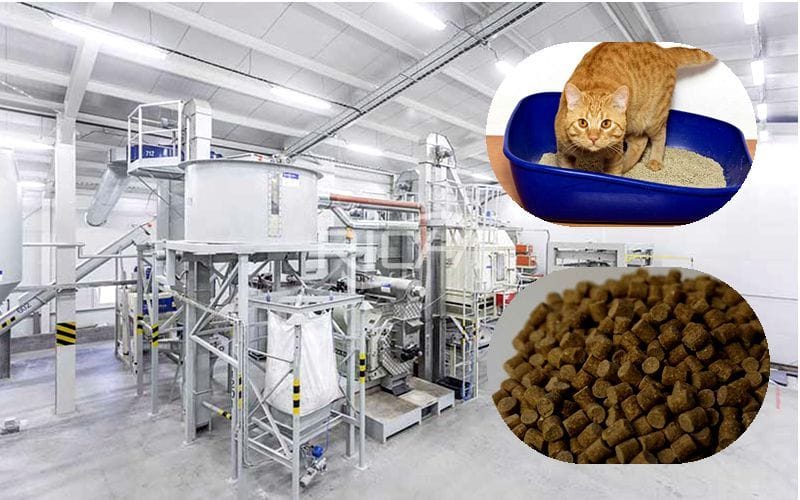
Cat litter is an essential product for cat owners, and creating it requires a blend of science and precision to make sure it clumps, controls odor, and keeps both pets and humans happy. The journey from raw clay to clean litter box is a fascinating process that takes place in specialized factories. Let’s explore how cat litter goes from clay to clean.cat litter factory
Step 1: Sourcing the Clay
The first step is sourcing the clay, usually bentonite clay, prized for its ability to absorb moisture and form clumps. The clay is mined from natural deposits, then transported to a processing facility. Unlike regular soil, bentonite clay has unique properties that allow it to swell and bind tightly, making it ideal for cat litter.
Step 2: Crushing and Grinding
Once it arrives at the factory, the clay is crushed and ground into smaller particles. Factories use precise grinding equipment to ensure the litter has the ideal particle size for clumping, texture, and absorption. This step is key to making a litter that’s easy to scoop and effective at controlling waste.
Step 3: Dust Extraction
Dust control is a major priority in cat litter production. Too much dust can irritate a cat’s respiratory system, so factories use filtration and extraction systems to remove excess dust from the clay particles. This process creates a cleaner, healthier litter that minimizes airborne dust when pouring or scooping.
Step 4: Adding Special Ingredients for Clumping and Odor Control
To create clumping litter, factories mix the clay with special binders that enhance its ability to clump when it gets wet. This allows for easier removal of waste without needing to replace all the litter. Additionally, factories add odor-control agents like baking soda or activated charcoal to help keep the litter box smelling fresh. Some products are unscented, while others include mild fragrances to mask odors.cat litter factory
Step 5: Quality Testing for Consistency
Each batch of cat litter undergoes strict quality testing. Factories test for factors such as clumping strength, dust levels, and odor control to ensure that the litter performs consistently. Some companies even test their litter with real cats to see how they respond to the texture and usability of the product.
Step 6: Packaging and Labeling
Once the litter passes quality checks, it’s time to package it for distribution. Factories pack the litter into bags or boxes in various sizes, with packaging that’s durable and easy to carry. Many brands now offer resealable packaging, making it convenient to store between uses and reducing the chance of spills.
Step 7: Distribution to Retailers
After packaging, the litter is shipped to stores, online retailers, and warehouses across the world, ready for pet owners to purchase. Whether it’s a small bag for a single-cat household or a bulk option for multi-cat families, each package represents a product that’s been crafted and tested to make pet care easier.
From Raw Clay to a Clean Litter Box
Producing cat litter might seem simple, but it’s a complex process involving careful selection of materials, dust reduction, quality testing, and thoughtful packaging. Next time you fill your cat’s box with fresh litter, remember the journey it took to get there—from natural clay deposits to the clean, clumping litter that keeps your home fresh and your cat happy.